Will Robots Replace Human Creativity? The Future of Art and Design

Introduction: The Intersection of Technology and Creativity
In recent years, the realms of art and design have witnessed a significant transformation due to the integration of technology, particularly artificial intelligence (AI). As artists and designers explore new mediums, AI tools have emerged as valuable assets, augmenting the traditional creative process. The rise of these technologies has prompted discussions surrounding the potential for robots to replace human creativity. At the heart of this dialogue lies the question of whether machines can replicate the unique essence of human ingenuity.
AI is being utilized in various stages of creative expression, from generating visual art to composing music and writing narratives. These technologies leverage algorithms that analyze vast amounts of data to produce outputs that resemble human-created content. For instance, AI programs can create paintings that mimic the styles of renowned artists, or even generate innovative patterns that inspire fashion designers. This advancement in technology has led many to question the intrinsic value of human creativity, as it becomes increasingly intertwined with machine-generated art.
Despite these developments, the distinction between human creativity and AI-generated results remains a matter of debate among artists, critics, and researchers. While robots are capable of producing aesthetically pleasing works, the nuances of human emotion and lived experience that fuel creativity are not easily replicated. A human artist infuses their work with personal narratives, cultural context, and emotional depth, aspects that significantly influence the perception and impact of art.
This interplay between technology and creativity raises important considerations about the future of artistic endeavors. As we venture further into an age dominated by technological advancements, it becomes essential to explore the implications of AI in creative fields and to understand the collaborative potential between human artists and intelligent machines. Ultimately, the question remains: can robots truly replace the unique spark of human creativity, or will they serve merely as tools to enhance the creative process?
Understanding Creativity: What Makes Us Unique?
Creativity is a complex and multifaceted phenomenon that has long captivated the interest of psychologists, artists, and philosophers alike. At its core, human creativity encompasses the ability to generate original ideas, make meaningful connections, and express oneself in ways that resonate emotionally. This distinctiveness sets humans apart from machines, as creativity involves not just technical skills but also cognitive and emotional components that are deeply intertwined with our experiences and consciousness.
Psychologically, creativity is often linked to divergent thinking, which is the ability to explore multiple possible solutions to a given problem. This cognitive flexibility allows individuals to think outside conventional frameworks, leading to innovative and original outputs. Creativity is also influenced by intrinsic motivation, where the individual’s passion for the task fuels their creative endeavors. Such motivations are deeply rooted in personal experiences, societal influences, and cultural contexts, highlighting the integral role of human existence in the creative process.
Emotionally, creativity serves as a powerful means of personal expression. It enables individuals to articulate complex feelings, convey unique perspectives, and foster connections with others through art, design, and other forms of creative output. The emotional resonance that arises from this expression cannot be easily replicated by machines, which lack the depth of human subjective experience. While artificial intelligence can generate content that mimics certain patterns of creativity, it does not possess the emotional depth or personal insight that informs true artistic expression.
In examining the nature of creativity, it becomes clear that while machines may assist in the creative process, the deeply human aspects of creativity—original thought, emotional engagement, and personal expression—remain uniquely characteristic of human beings. These qualities provoke significant questions about the future relationship between artificial intelligence and human creativity, particularly in fields like art and design.
The Rise of AI in Creative Processes
The integration of artificial intelligence (AI) within creative processes has significantly transformed the landscape of art and design. AI tools are being utilized not only as aids but also as collaborative partners in various creative endeavors. Among the most notable advancements are generative design algorithms, which enable designers and engineers to swiftly develop innovative solutions by exploring countless design variations based on predetermined parameters. This process allows for the creation of optimized designs that might not have emerged without AI’s computational capabilities.
In the realm of visual arts, AI-generated artworks have gained considerable attention. Programs such as DeepArt and DALL-E leverage machine learning models to create unique paintings and visual compositions that blend different styles and themes. These AI systems analyze vast datasets of existing artworks to learn and emulate different artistic techniques, allowing them to produce pieces that are striking and often thought-provoking. While critics argue that such AI-generated art lacks the emotional depth of human-created works, many artists view these tools as valuable extensions of their creative process, inspiring new ideas and directions.
Moreover, AI is revolutionizing music composition as well. Tools like Amper Music and AIVA enable creators to generate original scores using AI algorithms. These programs allow users to customize genres, moods, and styles, resulting in compositions that resonate with contemporary sensibilities. By automating certain aspects of music creation, AI grants musicians more time to focus on other elements of their art, such as lyrical content or performance, thus enhancing their overall creative output.
As we observe the expanding presence of AI in creative fields, it is evident that these technologies serve as enablers rather than replacements. The collaborative potential of AI can lead to unprecedented innovations while allowing human creators to explore their artistic boundaries further.
Case Studies: AI and Human Collaboration in Art
The intersection of artificial intelligence and human creativity has been the subject of vibrant discussion and experimentation. Several notable projects exemplify successful collaborations between AI and human artists, demonstrating that these partnerships can yield extraordinary results in the realm of art and design. One remarkable case is the work of the collective known as “Obvious,” which created an AI-generated artwork titled “Edmond de Belamy.” This portrait was produced using a generative adversarial network (GAN), an AI system trained on a variety of traditional portraiture. The resulting work, which depicts a fictional aristocrat, was auctioned at Christie’s for a staggering sum, highlighting the market’s acceptance of AI as a creative collaborator.
Another significant example is the project “AICAN,” developed by researchers at Rutgers University. AICAN is an AI system designed to create original artworks autonomously. It operates by analyzing a vast database of historical artwork styles, generating pieces that reflect both contemporary trends and classical techniques. Not only does AICAN produce visually appealing outputs, but it also engages with human artists for feedback, enhancing its capability to reflect human aesthetic preferences. AICAN’s ability to simulate diverse artistic styles while introducing unexpected innovations showcases the profound potential of human-AI collaboration in reshaping the art narrative.
Additionally, the partnership between artist Mario Klingemann and AI technologies illustrates how human intuition and machine learning can coexist to push creative boundaries. Klingemann employed neural networks to explore new visual territories, generating artworks that challenge traditional norms. His creations, which often blend elements of abstraction and realism, invite viewers to reconsider the very essence of artistry, showcasing that AI can serve as a muse rather than a mere tool. Each of these case studies underscores a growing trend: the coexistence of machines and humans as co-creators, paving the way for undefined creative possibilities in the future of art.
The Limitations of AI in Artistic Creation
As artificial intelligence (AI) continues to evolve, its application in artistic creation raises important questions regarding its limitations. One significant challenge that AI faces is capturing emotional depth—a critical element that often resonates in human-created art. While algorithms can analyze patterns in existing artwork and reproduce styles, they lack the inherent emotional understanding that human artists bring to their work. For instance, a piece of art infused with personal experiences, emotions, and cultural narratives often elicits a response that an AI-generated artwork may struggle to achieve. This emotional disconnection can leave audiences feeling unattached to AI-created pieces, highlighting a substantial gap in artistic expression.
Additionally, the interpretative nuance embedded in cultural context poses another hurdle for AI in the realm of art. Human artists inherently reflect and respond to their societal surroundings, infusing their creations with elements steeped in cultural significance. AI, however, operates based on pre-programmed data, limiting its ability to authentically engage with diverse cultural influences. Art creates dialogue, serving as a medium to express societal issues, identity, and collective memories—dimensions that AI struggles to capture and convey meaningfully.
Furthermore, the spontaneous nature of human creativity presents a distinctive challenge for AI systems. Human creativity is often characterized by intuition and serendipitous inspiration, leading to unexpected outcomes and innovative ideas. In contrast, AI typically follows logical algorithms, which restrict its capacity to embrace the unpredictability and playfulness intrinsic to human artistic endeavors. This rigidity limits the generative potential of AI and undermines the essence of the artistic process, which frequently thrives on exploring the unknown.
Thus, while AI has demonstrated remarkable capabilities in various domains, its limitations in emotional resonance, cultural comprehension, and spontaneous creativity emphasize the unique aspects of human artistic expression that remain irreplaceable.
The Future of Art: Predictions and Trends
The landscape of art and design is on the brink of transformation, driven by the rapid advancement of artificial intelligence (AI) and emerging technologies. These developments present a unique opportunity for artists and designers to explore innovative forms of creative expression. As AI continues to evolve, its potential to influence artistic practices raises compelling questions about the future of creativity itself.
One of the key trends anticipated in the coming years is the rise of hybrid forms of artistic expression that incorporate AI as a collaborative partner. Creative professionals are beginning to utilize AI algorithms to generate unique artworks, blending human intuition with machine learning capabilities. This collaborative approach fosters a new paradigm where art is not produced solely by individual artists, but rather co-created with the assistance of AI. These partnerships are expected to yield works that combine technical precision with emotional resonance, thus enriching the overall art experience.
Moreover, advancements in technology, such as virtual reality (VR), augmented reality (AR), and immersive installations, are reshaping the way audiences engage with artwork. Artists are experimenting with these mediums, creating interactive experiences that encourage viewers to participate in the creative process. This shift toward immersive art forms can potentially broaden the accessibility of art, attracting diverse audiences and fostering a greater appreciation for creative endeavors.
While the integration of AI in art offers significant opportunities, it also presents challenges. Concerns about originality, ownership, and the role of the artist in a machine-assisted process are debated within the creative community. As artists navigate these implications, they will need to redefine their relationships with both technology and their own creative identities.
In conclusion, the future of art and design holds the promise of both innovation and introspection. As AI continues to redefine the boundaries of creativity, artists will need to adapt to a landscape where technology not only serves as a tool but also as a collaborator in the artistic journey.
Ethical Considerations: Ownership and Authenticity
The intersection of artificial intelligence and creative processes raises significant ethical dilemmas, particularly concerning ownership and authenticity in art and design. As AI systems increasingly generate works that mirror human creativity, questions about authorship become more pronounced. Who should be considered the ‘author’ of a piece created by a machine: the programmer who designed the AI, the user who directed its output, or the machine itself? This ambiguity challenges traditional notions of authorship and prompts a re-evaluation of intellectual property rights.
Intellectual property law, designed to protect the rights of human creators, struggles to adapt to the unique characteristics of AI-generated works. Current frameworks typically recognize authors as individuals capable of creative expression. However, as we witness the proliferation of algorithms capable of generating music, paintings, and literature, the legal system must confront whether it is appropriate to attribute ownership of these creations to the human users who provide input, or to the AI systems themselves. Such considerations compel society to rethink not only copyright laws but also the economic implications surrounding compensation for creative outputs.
Moreover, the authenticity of AI-generated art raises substantial questions about value and taste. In a world saturated with content, distinguishing between human-made and machine-generated works becomes essential for collectors and audiences alike. While AI can produce art that replicates styles or evokes emotions, its lack of personal experience imbues such creations with a different quality. This distinction prompts a broader discussion about the societal value placed on human creativity compared to that generated by machines. Are we prepared to accept AI as a legitimate creator, or do we reserve the label of ‘artist’ solely for humans? These ethical considerations will undoubtedly shape the future landscape of art and design in a world increasingly influenced by artificial intelligence.
Voices of the Artists: Perspectives on AI and Creativity
As the intersection of art and technology evolves, numerous artists and designers have begun to voice their opinions on the role of artificial intelligence (AI) in creative processes. Some express enthusiasm for AI’s potential to enhance artistic expression. For instance, graphic designer Emily Clark notes, “AI tools have opened new avenues for creativity, allowing artists to explore concepts and compositions that they might have never considered.” This perspective highlights the empowering potential of AI as a collaborator rather than a competitor.
Conversely, there are concerns within the artistic community regarding the implications of AI on originality. Renowned painter Tom Fisher raises a pertinent question: “If a machine generates art, who truly owns that creativity?” This viewpoint underlines a critical debate surrounding authorship and the essence of human ingenuity. Many artists fear that reliance on AI could dilute the emotional depth and personal touch that traditional artistry embodies.
Additionally, some professionals advocate for a balanced approach, viewing AI as a tool to augment rather than replace human creativity. Designer Sarah Liu states, “I believe AI can complement our skills, making tedious processes more efficient. However, it is our unique human experiences that ultimately define the true essence of art.” Her insight reflects a growing consensus among certain creatives that the harmonious integration of AI and human input could yield groundbreaking results in fields such as digital design and multimedia art.
In summary, the perspectives within the artistic community about AI’s role in creativity exhibit a spectrum of opinions. While many artists acknowledge the advantages AI can bring to the creative process, apprehensions about the implications for originality and human expression remain significant. These discussions highlight the need for ongoing dialogue as AI continues to shape the landscape of art and design.
Conclusion
As we have explored throughout this blog post, the discourse surrounding robots and their potential to replace human creativity in art and design is multifaceted. The evolution of technology has undoubtedly influenced creative processes, introducing automated tools that enhance efficiency and enable novel artistic expressions. However, rather than viewing this advancement as a direct threat to human creativity, it is more constructive to understand it as an opportunity for coexistence and collaboration between humans and machines.
The fundamental essence of creativity lies in human experience, emotions, and cultural nuances—elements that robots are currently unable to replicate. While machines can generate patterns, structures, and even artworks through artificial intelligence, the human touch brings irreplaceable depth and context to creative endeavors. Robots can assist artists by offering new techniques and resources that expand their creative horizons, enabling them to focus on the core aspects of their work that truly resonate with their audiences.
Moreover, embracing technological advancements should be seen as a path toward enhancing human creativity rather than diminishing it. As tools become more sophisticated, they empower artists and designers to push boundaries and explore uncharted territories. For instance, using AI-driven algorithms or robotic systems can lead to unique collaborations, where the outcome is a synthesis of artificial and human intelligence, resulting in innovative and compelling art forms.
In conclusion, the future of art and design is not a battlefield pitting robots against human creativity; rather, it is a landscape where both entities can coexist symbiotically. By fostering a collaborative environment, we can preserve and celebrate the essence of human creativity while simultaneously harnessing the capabilities of machines to redefine artistic expression in unprecedented ways.

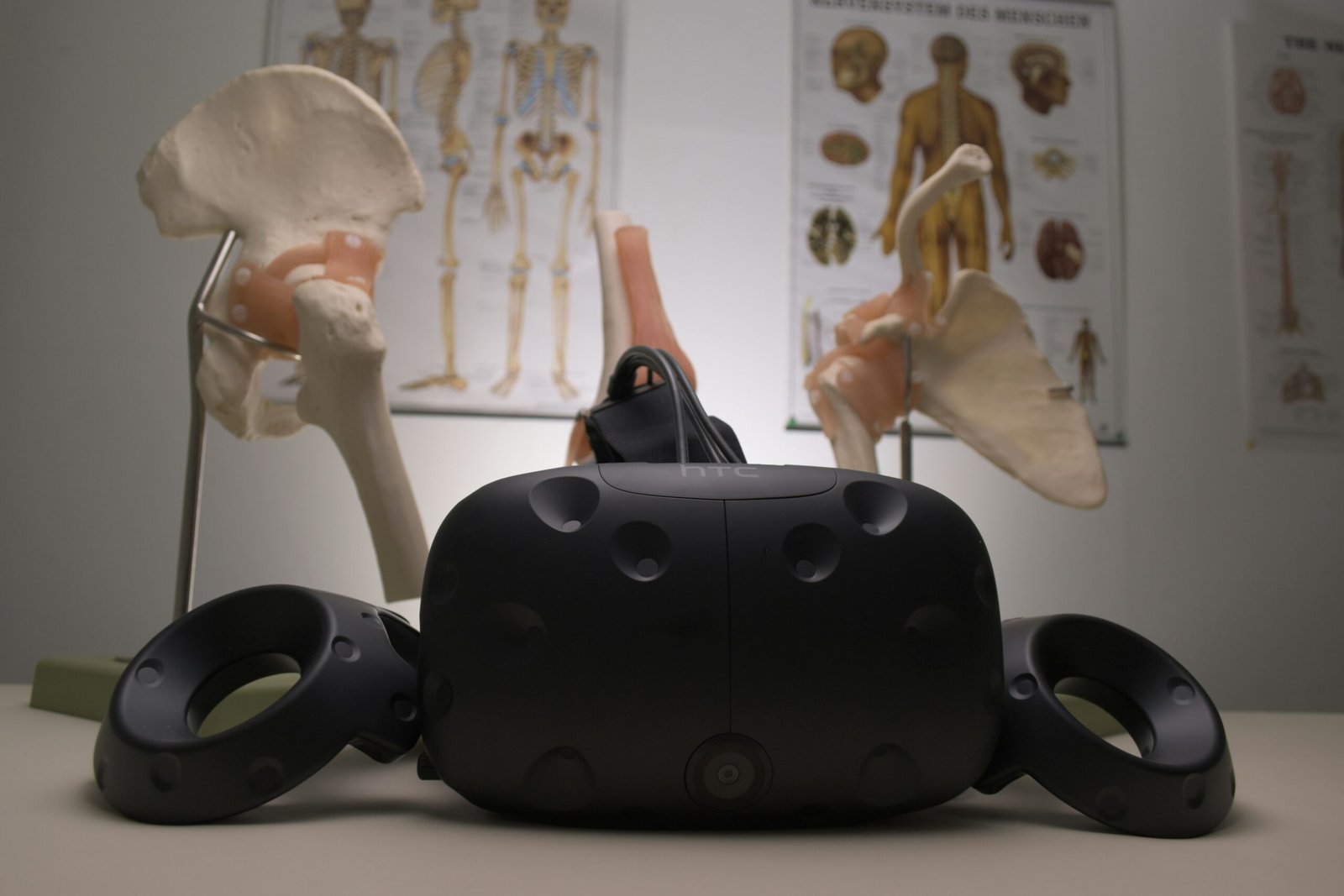

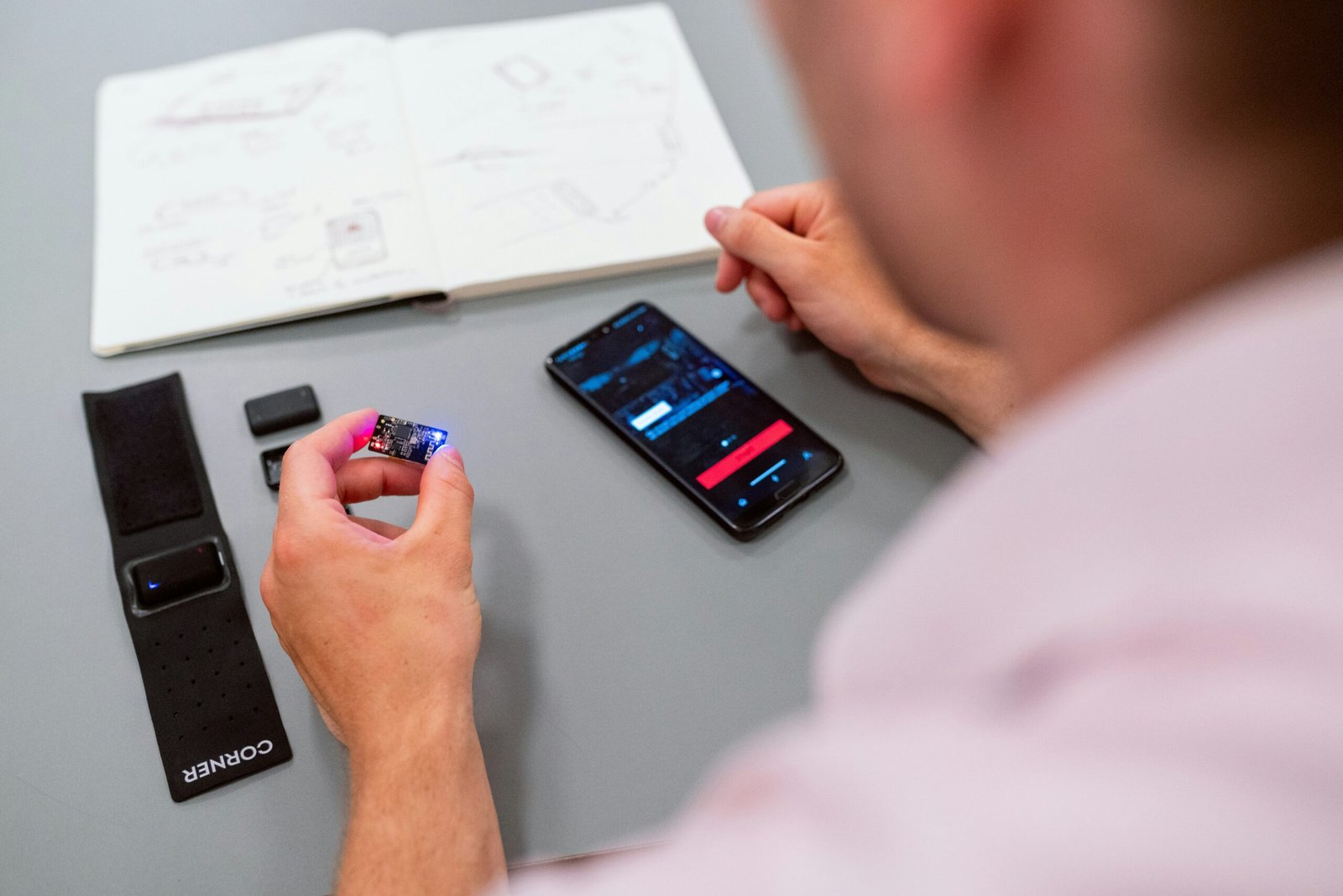
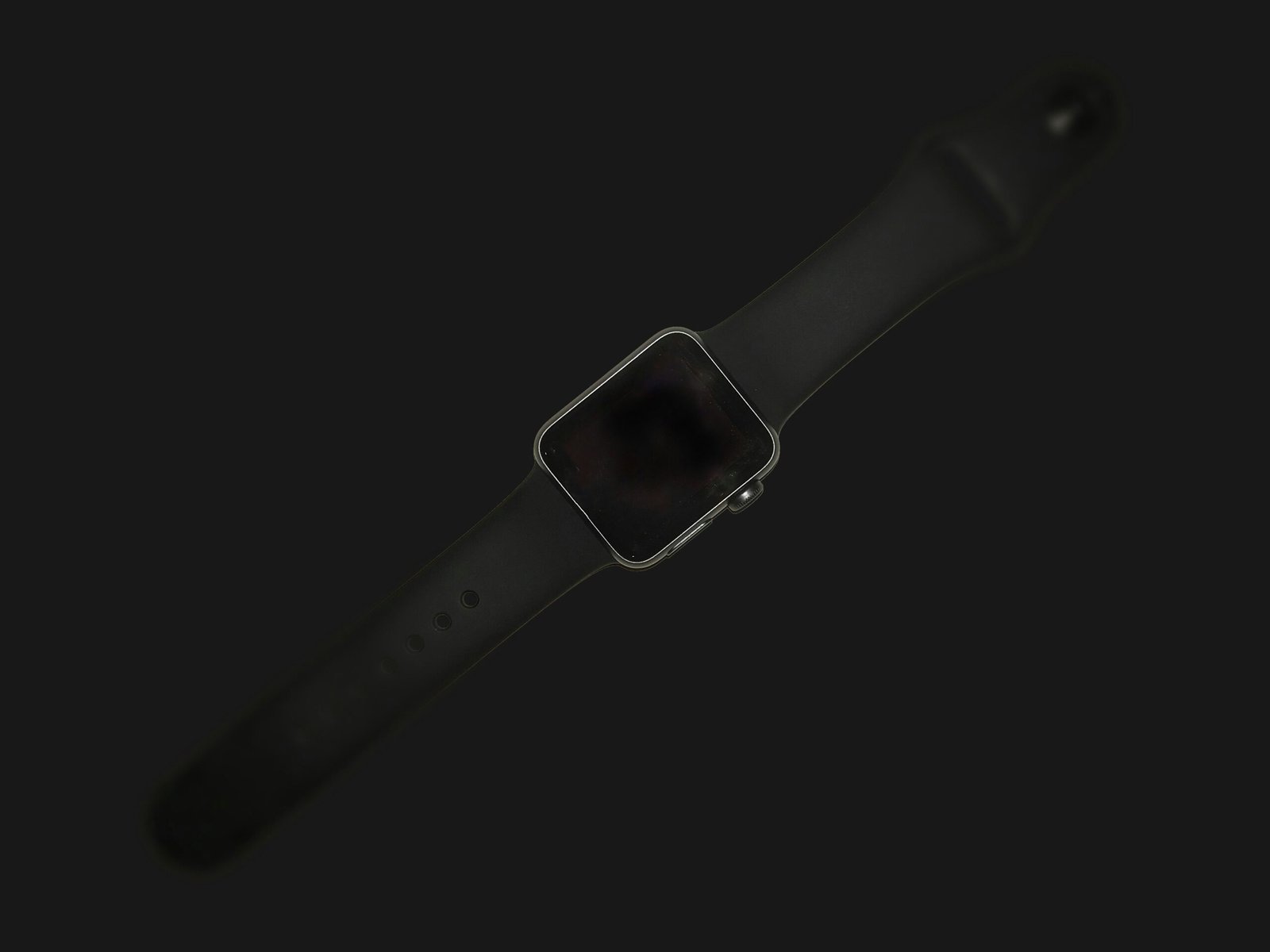
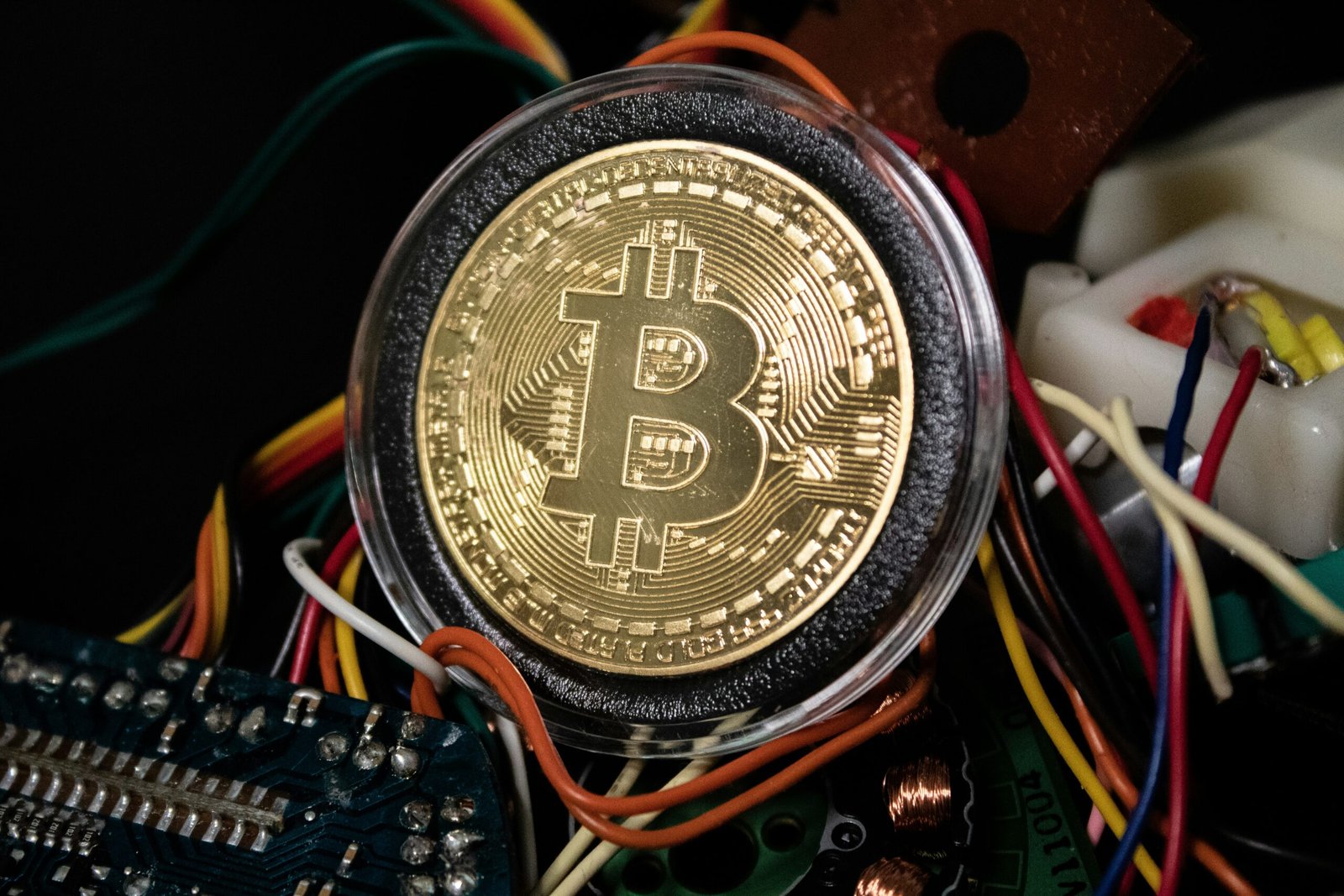
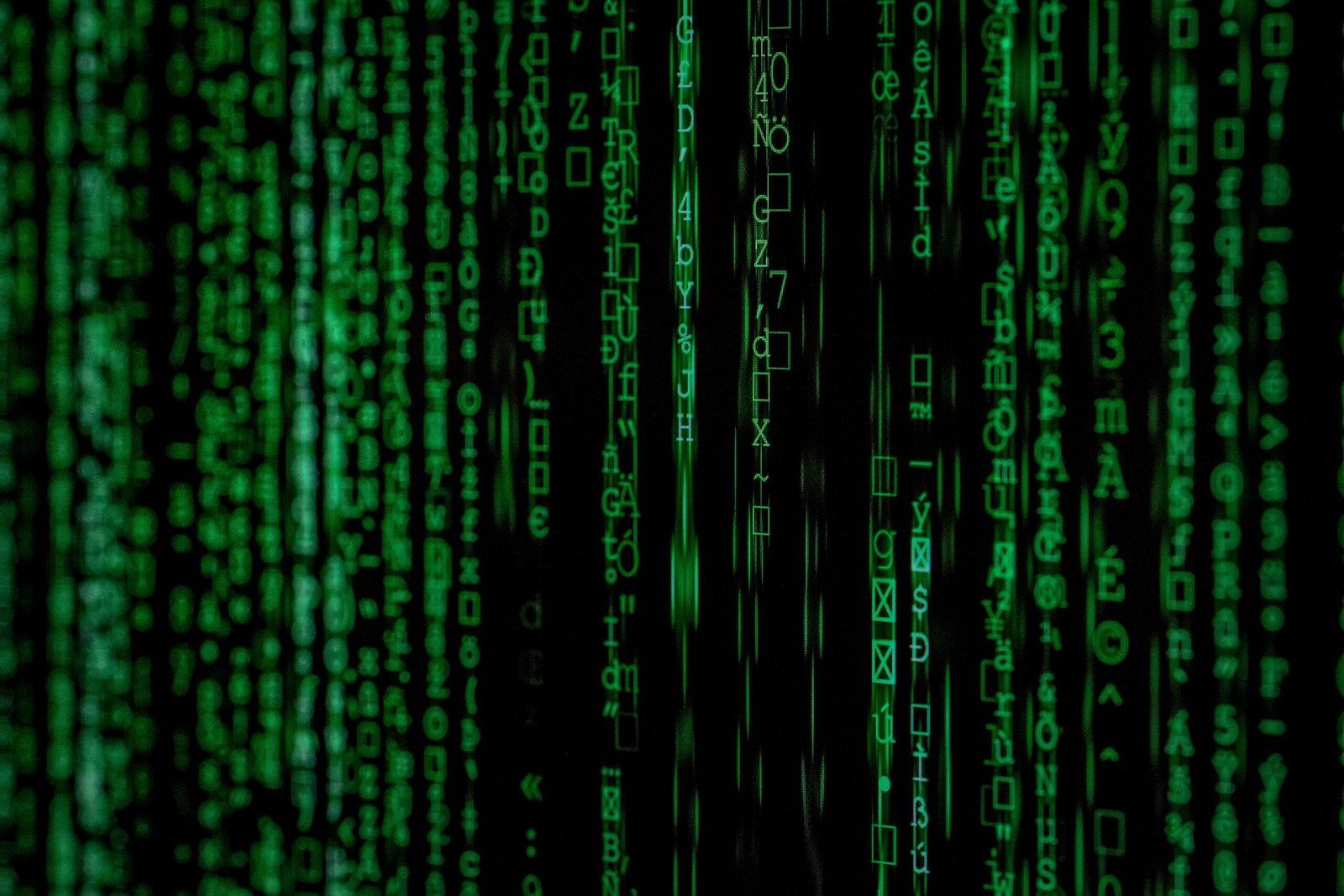
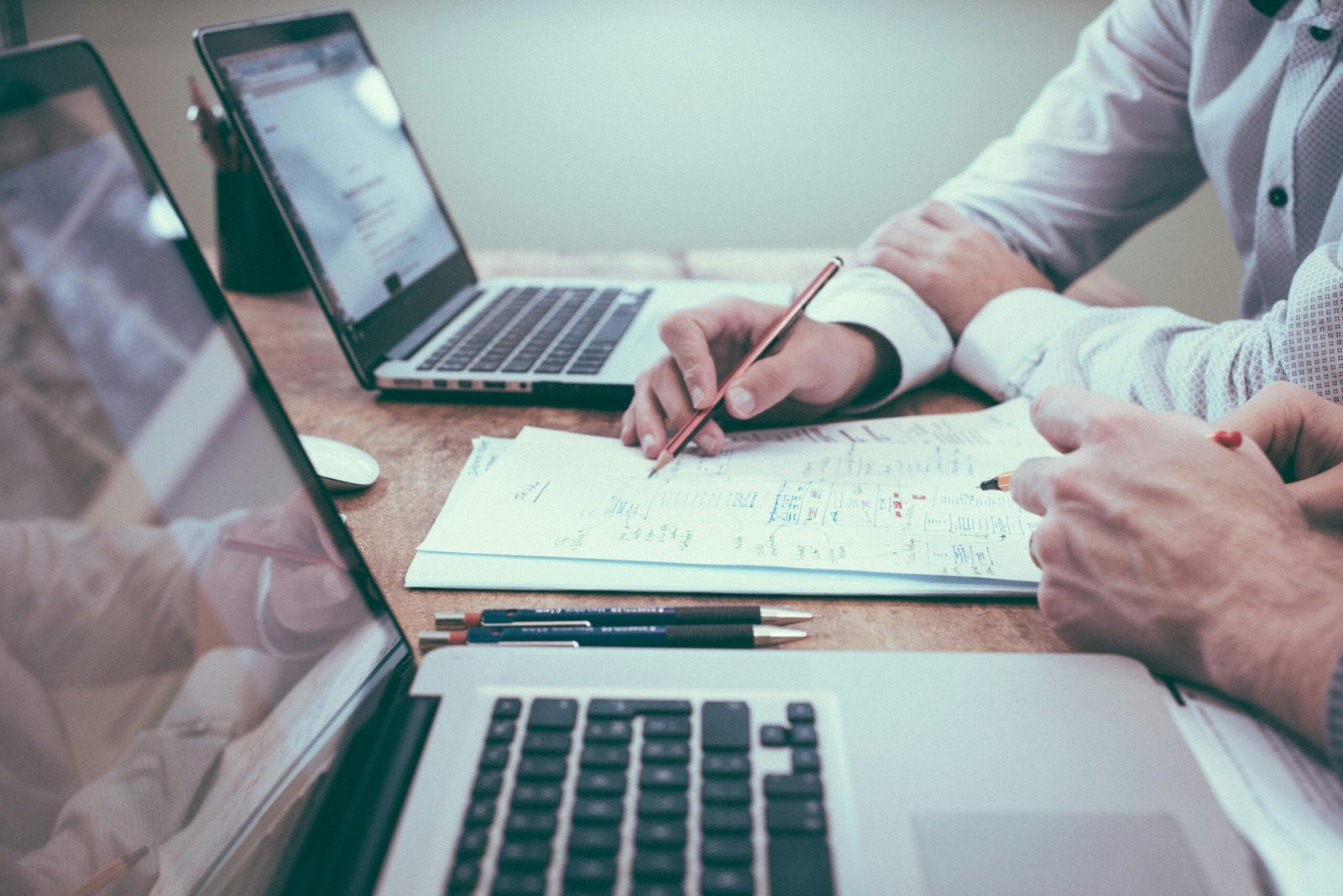






Tidak ada komentar